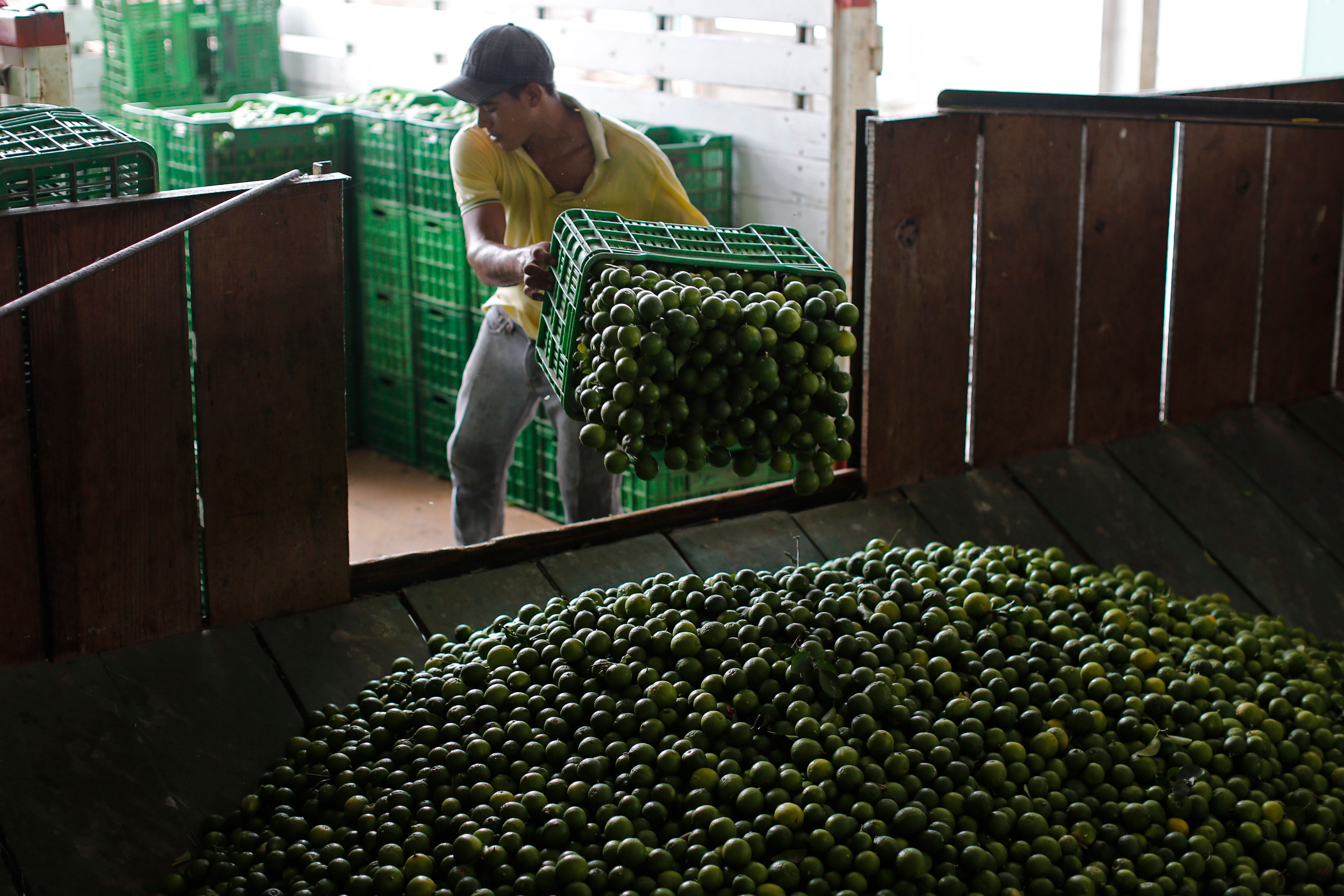A decade after vigilante uprising, extortion and threats against lime growers return to west Mexico
The kind of mass threats and extortion of lime growers in the western Mexico that sparked a civilian vigilante uprising ten years ago have returned, and growers say they can't get their crops to market

The kind of mass threats and extortion of lime growers in the western Mexico that sparked a civilian vigilante uprising a decade ago have returned, and growers say they can’t get their crops to market.
One lime grower who asked to remain anonymous for security reasons said Thursday that the local drug cartel had increased the price of protection payments five-fold in the space of weeks.
The government of Michoacan state said Wednesday that it had launched a criminal investigation into the shake-downs. The situation threatens a mainstay of Mexican cuisine, and recalls the darkest days of the country’s 2006-2012 drug war.
The grower said that in the last week to 10 days, the cartel has increased its demands from just over a penny per kilogram (2.2 pounds) of limes to about 6 cents. It may not sound like much, but that could be a quarter of the prices farmers are paid.
On Tuesday, Carlos Torres, the Michoacan state interior secretary, said the government was launching a formal criminal investigation.
“We are going to continue supporting growers so they can carry out their activities as normal. There will be no impunity," Torres said.
But the response seemed belated, at best.
Photos had circulated on social media for the last week of leaflets passed around in the so-called “hot lands” of Michoacan, which read, “Nobody gets out of paying the quota, don't try to look for a padrino,” a protective godfather.
“Those of you who have packing houses in Buenavista, you know how to make the payment, and what happens to those who don't pay,” according to the leaflet. Authorities have confirmed there have been threats, but have not confirmed the authenticity of the leaflet.
The threats appeared to reference what happened in 2010-2012, when the the Familia Michoacana and later the Knights Templar cartels burned down packing houses. imposed crop prices, demanded protection money and even told growers on which days they could harvest their crop.
That sparked an armed uprising in 2013 and 2014 by angry farmers. That vigilante movement largely kicked out the old cartels, only to see them replaced by others.
By then, most of the vigilantes were either disarmed or infiltrated by drug gangs.
The government moved in after the vigilantes were disarmed in 2014, and in the nine years since attacks on growers and packers had declined to the point that some new packing houses were built to replace those that had been left in charred ruins by the gangs.
However, in recent months, there appears to have been a split in the United Cartels, an umbrella drug federation that included the violent Viagras cartel, which had largely taken over the region, and remnants of the old Knights Templar cartel.
That split apparently set the gangs against one another and increased their desire to make enough money to carry out turf battles and fight incursions by the Jalisco cartel.
By late June, it became clear that gang warfare had returned to the agricultural region. The last remaining untainted leader of the uprising, Hipolito Mora, was shot to death along with three of his followers in a drug gang ambush.